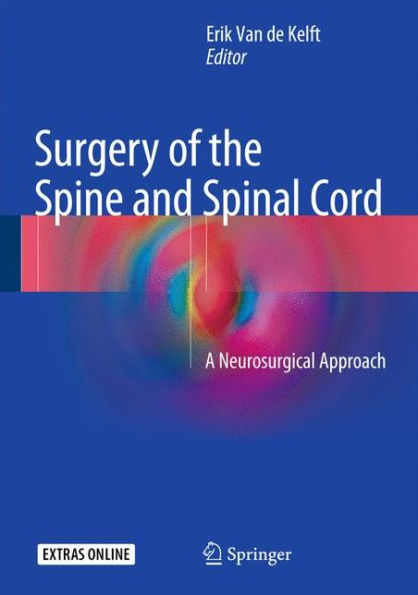Home
The Development of the Rat Spinal Cord / Edition 1
Barnes and Noble
Loading Inventory...
The Development of the Rat Spinal Cord / Edition 1 in Franklin, TN
Current price: $109.99

Barnes and Noble
The Development of the Rat Spinal Cord / Edition 1 in Franklin, TN
Current price: $109.99
Loading Inventory...
Size: OS
The study of the development of the spinal cord has a relatively long history. The spinal cord was singled out as a favorable site when cytological techniques were first applied to the study of the embryonic development of the nervous system. Bidder and Kupffer (1857), using the new procedure of hardening nerve tissue with chromic acid (Hannover 1844), made an investigation of spinal cord development in fetal sheep. They reported that the cellular central mass of the spinal cord develops before its fibrous envelope, deducing from this that the fibers of the white matter of the embryonic spinal cord were outgrowths of cells in the gray matter. Bidder and Kupffer also noted that in the spinal ganglia fibers grew out from cells in both directions, peripherally and centrally. Their report was one of the earliest ontogenetic lines of evidence in support of the later-formulated neuron doctrine (Waldeyer 1891). The spinal cord re mained a favorite topic of morphogenetic studies of the nervous system throughout the last quarter of the nineteenth century, with seminal contributions made by His (1886, 1889), von Lenhossek (1889), Retzius (1898), and Ramon y Cajal (1960). Indeed, the preoccupation with the spinal cord in the early investigations of neural development had a lasting, and to some extent regrettable, influence on ideas about the ontogeny of the brain and on the terminology adopted by anatomists.
The study of the development of the spinal cord has a relatively long history. The spinal cord was singled out as a favorable site when cytological techniques were first applied to the study of the embryonic development of the nervous system. Bidder and Kupffer (1857), using the new procedure of hardening nerve tissue with chromic acid (Hannover 1844), made an investigation of spinal cord development in fetal sheep. They reported that the cellular central mass of the spinal cord develops before its fibrous envelope, deducing from this that the fibers of the white matter of the embryonic spinal cord were outgrowths of cells in the gray matter. Bidder and Kupffer also noted that in the spinal ganglia fibers grew out from cells in both directions, peripherally and centrally. Their report was one of the earliest ontogenetic lines of evidence in support of the later-formulated neuron doctrine (Waldeyer 1891). The spinal cord re mained a favorite topic of morphogenetic studies of the nervous system throughout the last quarter of the nineteenth century, with seminal contributions made by His (1886, 1889), von Lenhossek (1889), Retzius (1898), and Ramon y Cajal (1960). Indeed, the preoccupation with the spinal cord in the early investigations of neural development had a lasting, and to some extent regrettable, influence on ideas about the ontogeny of the brain and on the terminology adopted by anatomists.

















